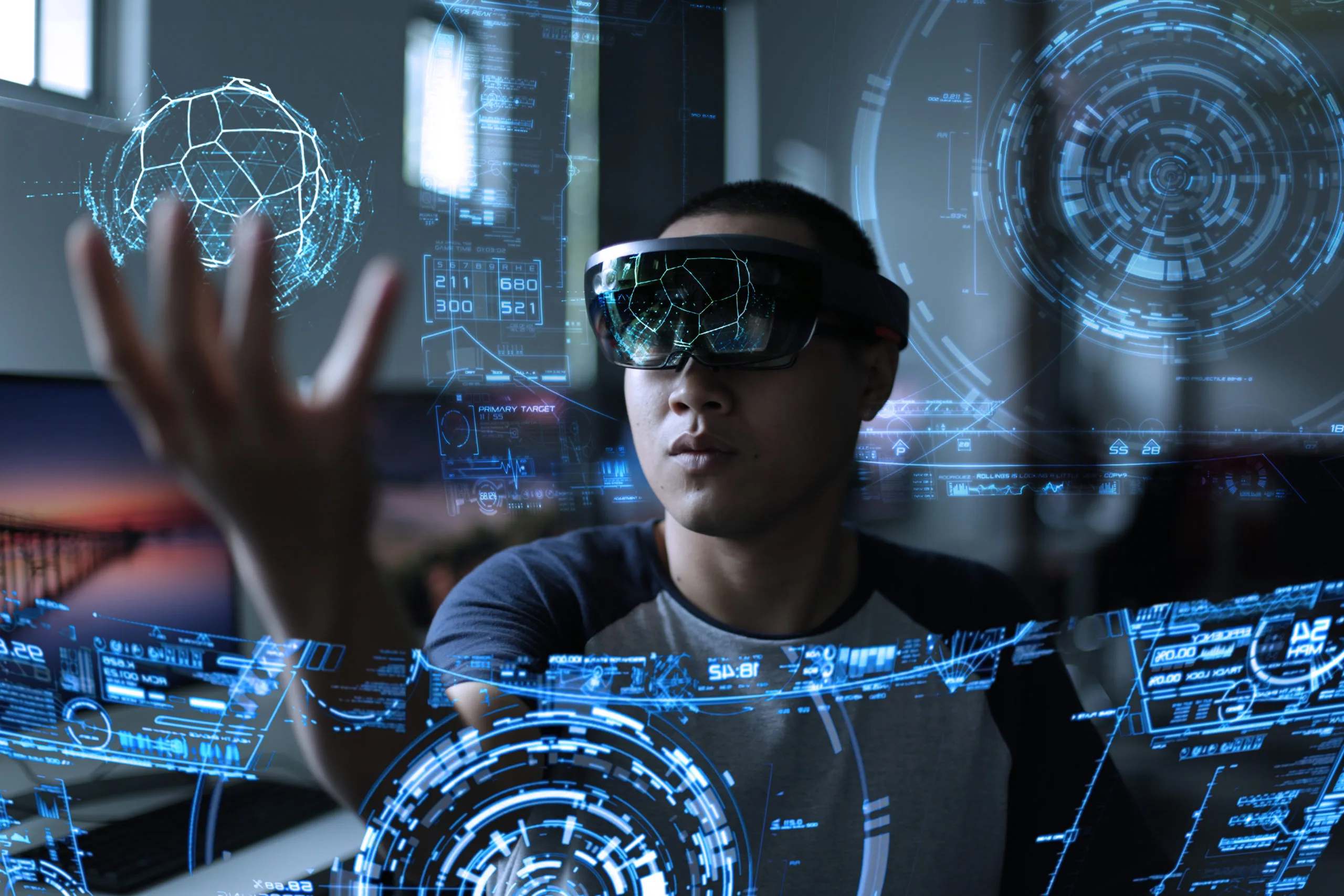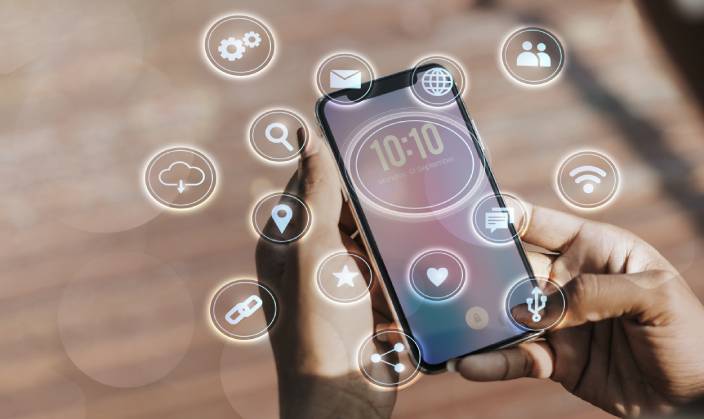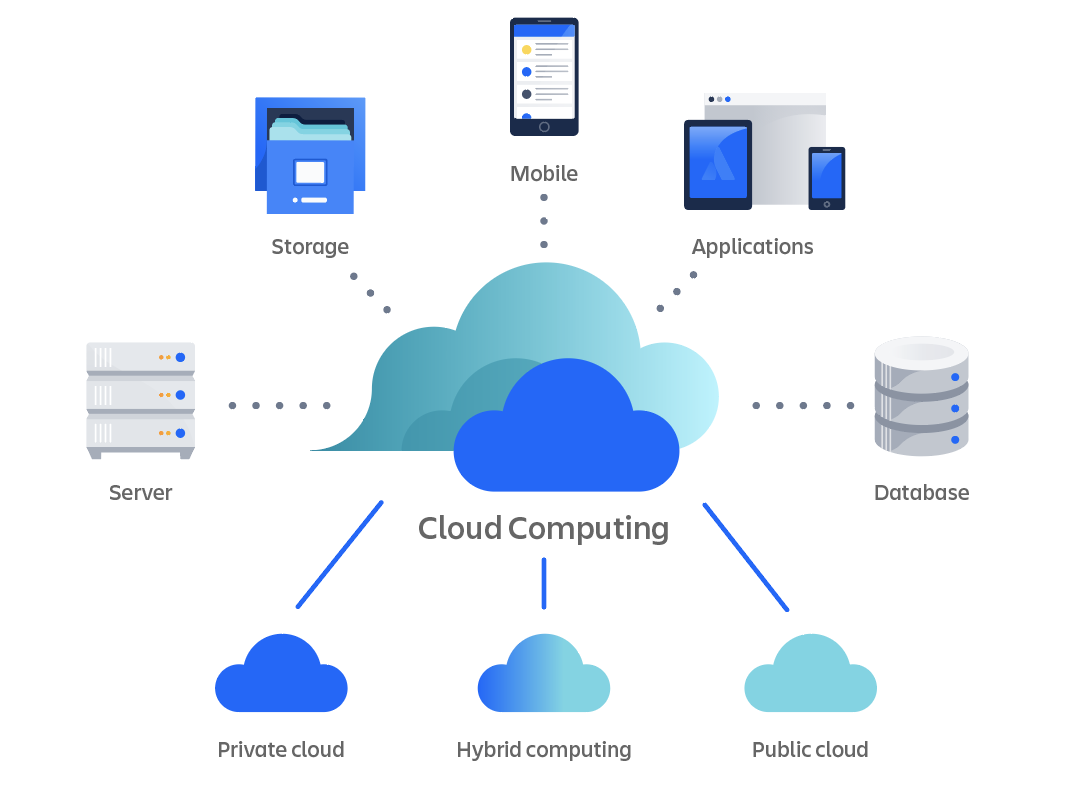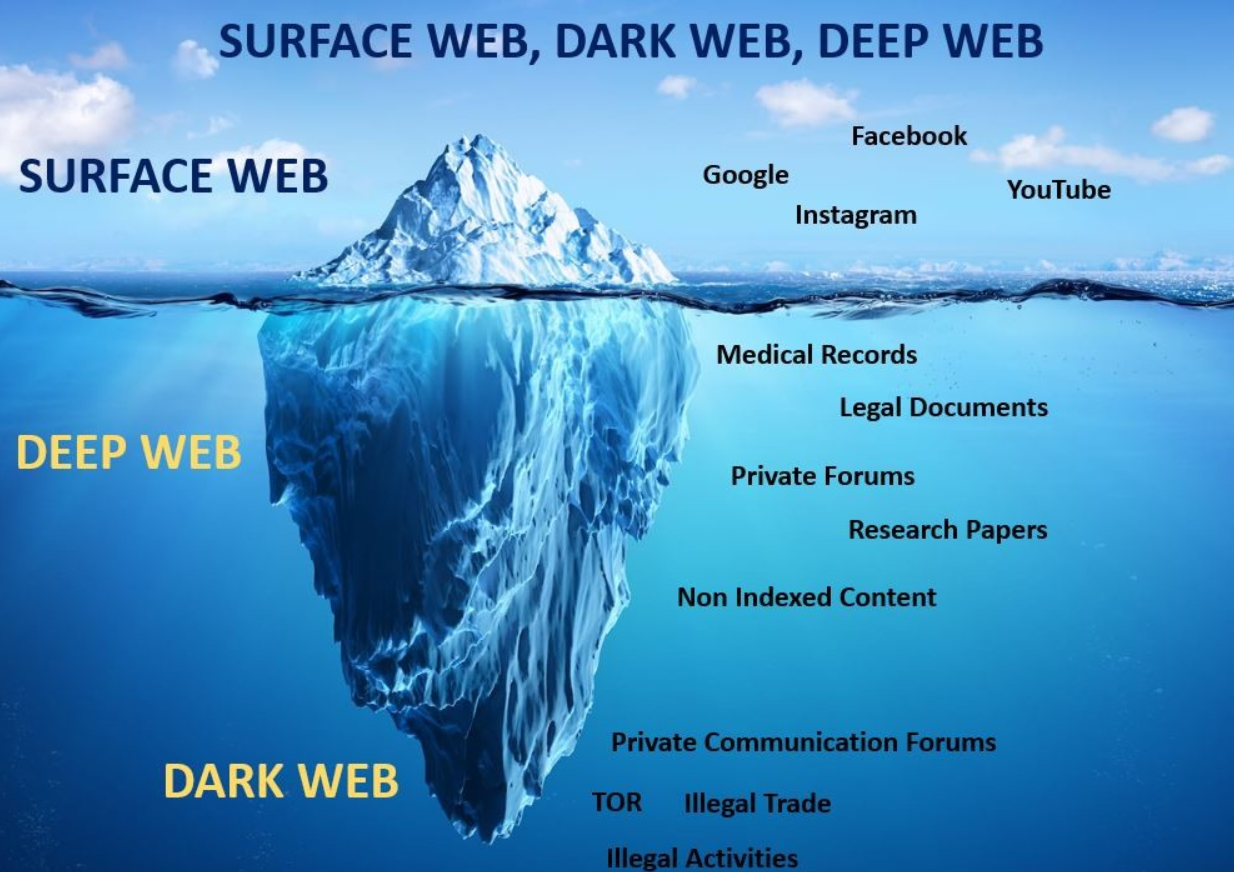
A Tale of Two Worlds: Virtual Reality and Augmented Reality
Imagine you’ve just put on a magical pair of glasses. In an instant, you are transported to the streets of ancient Rome. You can see the towering Colosseum, hear the distant roar of a lion, and even wave at a passing gladiator. This isn’t a dream or time travel – this is Virtual Reality (VR), where you step into a fully digital world.
Now, imagine wearing another pair of glasses while sitting in your living room. Suddenly, you see your favorite cartoon character sitting right next to you on your couch, chatting with you. Your room is still the same, but there’s an extra layer added to it. This is Augmented Reality (AR), where digital objects are placed into your real world.
Both VR and AR are transforming how we experience the world around us. But what exactly are they, and how do they work? Let’s explore.
What is Virtual Reality (VR)?
VR is like stepping into a completely new world. When you wear a VR headset, your entire surroundings disappear, and you are placed inside a digital environment. It could be a video game, a training simulation, or even a peaceful beach.
How does it work?
- A VR headset covers your eyes and ears.
- Sensors track your head movements.
- As you turn your head, the scene around you changes, making you feel like you’re really there.
Think of it as diving into a video game, where you are no longer just pressing buttons – you are inside the game itself!
What is Augmented Reality (AR)?
AR is like adding a digital layer to your real world. You don’t leave your room or your surroundings. Instead, digital objects are placed into the world you see through your phone, tablet, or AR glasses.
How does it work?
- Your device’s camera scans your surroundings.
- Digital objects are placed into that real-world view.
- You can move around, and these objects stay in place as if they are real.
Remember the popular game Pokémon GO? Players walked around their neighborhoods to catch digital Pokémon placed in the real world. That’s AR in action!
A Day with VR and AR
Let’s take a journey with Rohan, a young college student, to see how VR and AR are part of his day.
Morning:
Rohan wakes up and puts on his AR glasses. As he brushes his teeth, the weather forecast appears in the corner of his glasses – “Sunny day with a high of 32°C.” He walks to the kitchen, and a digital chef appears, guiding him step by step through making an omelette.
Afternoon:
Rohan has an online history class. He puts on his VR headset, and suddenly, he is walking through the pyramids of Egypt. His professor’s voice echoes in the background, explaining how these great structures were built. It’s like taking a school trip without leaving home!
Evening:
After dinner, Rohan relaxes by playing a VR game. He becomes a space explorer, fighting aliens on distant planets. Later, he uses AR on his phone to scan his room and place digital furniture to see how his room would look with a new bed and table.
Where Are VR and AR Used Today?
VR and AR are not just for fun and games. They are transforming many industries:
- Gaming and Entertainment:
VR games let you swing a sword, drive a car, or even fly like a superhero. AR apps bring your favorite characters into your home. - Education:
Imagine learning about the solar system by flying through space in VR. AR apps help medical students see and study human organs in 3D. - Healthcare:
VR is used to train doctors for complex surgeries. AR helps surgeons by displaying important information while they operate. - Shopping:
AR lets you see how a sofa looks in your living room before buying it. VR lets you walk through a virtual store from your home. - Manufacturing and Design:
Engineers use VR to design machines and buildings. AR helps workers see instructions right in front of them while assembling products. - Travel and Tourism:
Can’t visit Paris? VR can take you to the top of the Eiffel Tower from your living room. AR helps tourists see historical sites with added information through their phones.
The Future of VR and AR
The future of VR and AR is exciting. Soon, we might have AR glasses as common as mobile phones. Imagine walking down the street and getting directions displayed right in front of you. VR might allow people to attend concerts, meet friends, or even work from anywhere in the world.
Companies like Meta (formerly Facebook), Google, and Apple are investing heavily in these technologies. As they grow, VR and AR will become part of our daily lives in ways we can’t even imagine yet.
Challenges of VR and AR
Of course, there are challenges too.
- Cost: High-quality VR headsets can be expensive.
- Health Issues: Long hours in VR can cause eye strain or dizziness.
- Privacy: AR apps collect data about your surroundings, raising privacy concerns.
But as technology improves, many of these challenges will be solved.
Final Thoughts
VR and AR are no longer science fiction. They are real and changing the way we learn, play, work, and live. From classrooms to hospitals, from living rooms to factories, these technologies are opening new doors.
So, the next time you hear about VR or AR, remember – they are not just fancy gadgets. They are tools that can make our lives better, more fun, and more connected.
Welcome to the world of Virtual Reality and Augmented Reality – where the real and digital worlds meet!
Refresher (Key Points to Remember):
- VR = Fully digital world.
- AR = Digital objects in the real world.
- Used in gaming, education, healthcare, shopping, and more.
- Future promises more integration into daily life.



Leave a Reply